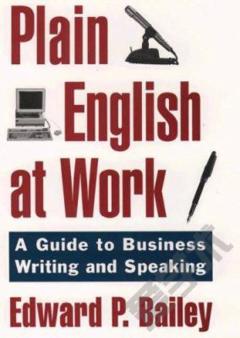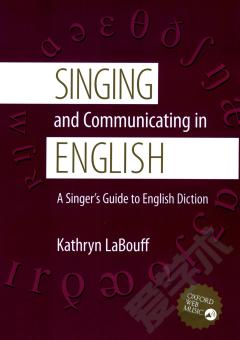Plain English at Work —— A Guide to Writing and Speaking
----- 工作中的简单英语:写作和口语指南
Everyday we write countless memos, letters, and reports without a second thought. Likewise, we give presentations, both formal and informal. Often this writing and speaking gets criticized for being jargon-ridden, obscure, or long-winded--in short, for not being in "plain English." But what is plain English, and how do we go about writing and speaking it? In Plain English at Work, Edward Bailey gives the answer, with down-to-earth tips and practical advice. Bailey, an expert in business communication, gives us a simple model for writing:
· Style: write more the way you talk.
· Organization: make your point easy to find.
· Layout: use headings, lists, and other white space so readers can see the structure of your writing.
Psycholinguists, Bailey points out, have proven that the techniques of plain English writing are far easier on your readers; experience has proven that writing in plain English is easier on you--the writer, too. Bailey also gives you a wealth of practical advice for presentations including:
· How to remember your talk.
· How to design visual aids.
· How to design computer presentations.
· How to set up the room you'll be speaking in.
· How to develop a successful delivery style.
Perhaps most impressive are the many detailed tips he gives here. For instance, when using a pointer, hold it in the hand closer to the screen (otherwise, you turn your back on the audience, making it harder to hear you). When designing a visual aid, use at least 28-point type, and seldom use all capital letters (which are harder to read). And when presenting a bar chart during a computer presentation, build it--a bar at a time--to focus your audience's attention.
Drawing on two earlier and popular books, The Plain English Approach to Business Writing and A Practical Guide for Business Speaking, this new volume has been significantly updated. It includes up-to-the-minute information on using computers, computer graphics, and typography for your writing, and on using the same technology for designing your presentations. The result is an authoritative and comprehensive single volume that will be the essential guide for everyone wishing to communicate more easily and effectively at work.
{{comment.content}}








 京公网安备 11010802027623号
京公网安备 11010802027623号